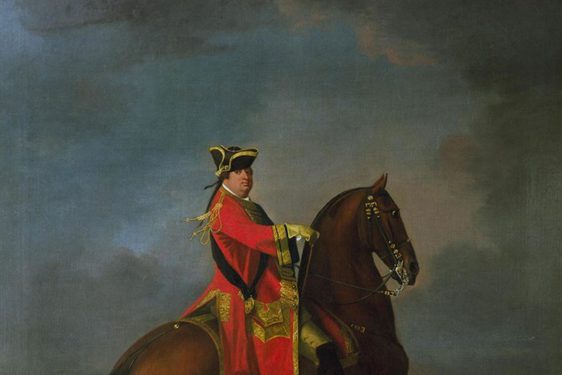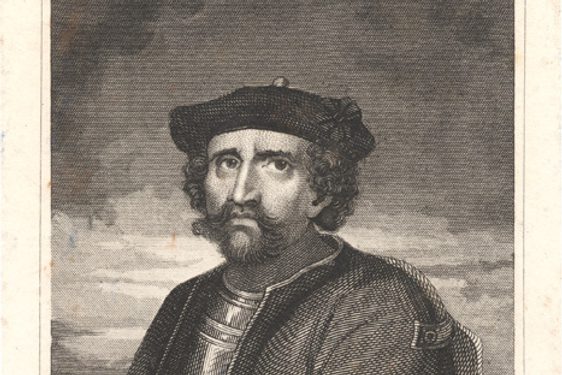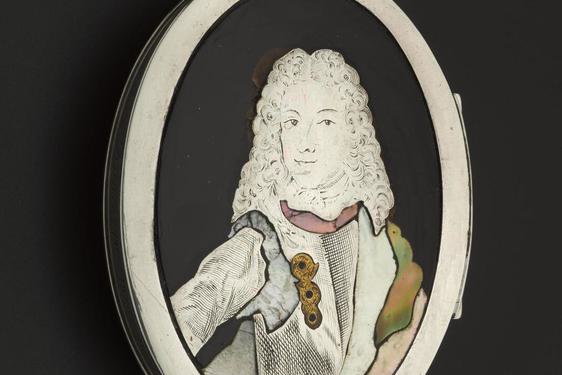
The Old Pretender: An introduction to James ‘VIII’
News Story
Raised in exile, James Francis Edward Stuart (10 June 1688 – 1 January 1766) was the son of King James VII and II and his second wife, Mary of Modena.
Who was James ‘VIII’?
When the exiled King James VII and II died in 1701, his son James Frances Edward took up the reins of the Jacobite cause. He laid claim to the thrones of Scotland, England and Ireland as James VIII and III. But to his opponents he was the ‘Pretender’.
Smuggled out of England as a baby when his father was deposed, James ‘VIII’ was raised in France. In 1708, supported by the King of France, Louis XIV, James attempted to invade Scotland, but was unable to land.
The 1715 challenge
It was seven years before the Jacobites tried again. By this time William and Mary had died and George I, the Elector of Hanover, had succeeded to the throne after the death of Queen Anne, Britain’s last Stuart monarch. The 1715 rising was led by John, Earl of Mar, who had switched his allegiance from George to the Jacobites.
There was support for Mar and his cause, as evidenced by inscription on the blade of this broadsword. Made around 1715, the blade proclaims support for James VIII, reading: ‘Prosperity to Schotland and no Union’ and ‘For God my Country and King James the 8’.
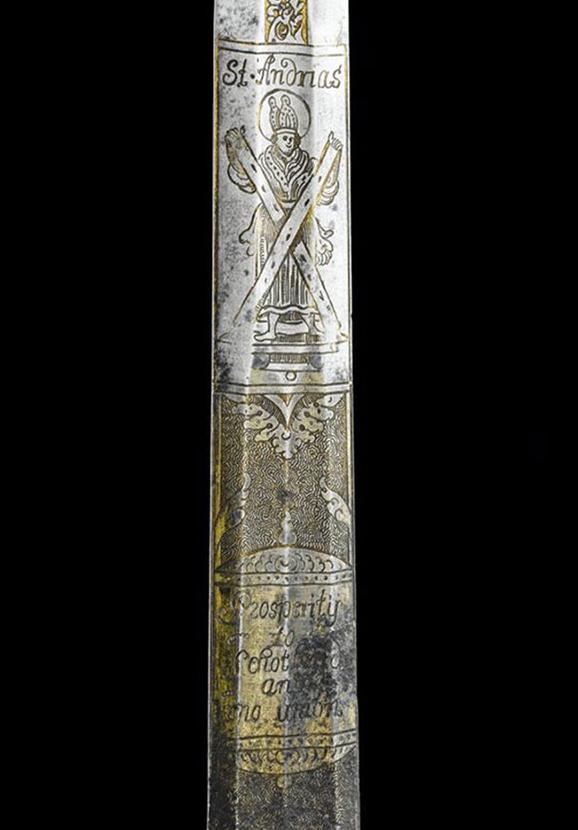
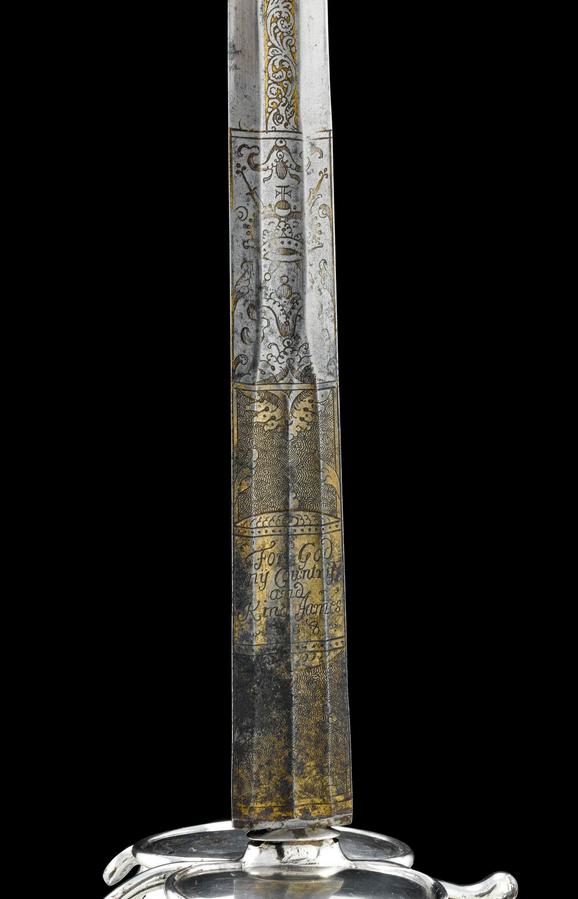
Defeat and exile
James himself finally landed in Scotland in December 1715, but he was not able to revive Jacobite fortunes and left for exile again with some of his leading supporters. In 1719 another Jacobite rising, this time supported by Spain, was defeated at the Battle of Glenshiel, in the Northwest Highlands.
James remained in exile for the rest of his life, dying in Rome in 1766. There he was the head of a royal court, with queen and two heirs. His ‘reign’ as Pretender to the throne had lasted just over 64 years.
